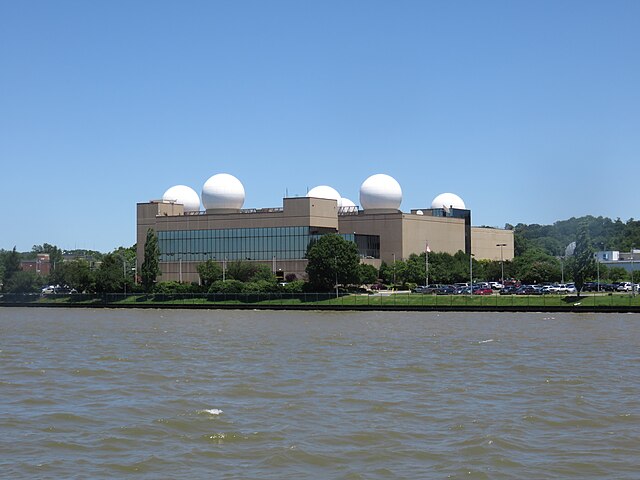Scientific Development Squadron 1 (VXS-1) is a United States Navy military support squadron that conducts numerous single-aircraft deployments around the world in support of a wide range of airborne research projects for the U.S. Naval Research Laboratory, United States Navy, U.S. Government, and its contracting agencies.
The UV-18 is the military equivalent of the DeHavilland DHC-6 – a high-wing, unpressurized twin engine turbine powered aircraft with fixed tricycle landing gear.
The RC-12M is a medium-altitude, medium endurance aircraft modified to rapidly integrate science and technology projects.
NRL, VXS-1 maintains a fleet of two uniquely configured, research modified NP-3C "Orion" aircraft.
United States Naval Research Laboratory
The United States Naval Research Laboratory (NRL) is the corporate research laboratory for the United States Navy and the United States Marine Corps. It was founded in 1923 and conducts basic scientific research, applied research, technological development and prototyping. The laboratory's specialties include plasma physics, space physics, materials science, and tactical electronic warfare. NRL is one of the first US government scientific R&D laboratories, having opened in 1923 at the instigation of Thomas Edison, and is currently under the Office of Naval Research.
Aerial view in 2021
Part of the Naval Research Laboratory main campus in Washington, D.C. The prominent dish antenna is often used as a symbol of the laboratory.
This building on NRL's main campus features prominent radomes on its roof
NRL satellite image of hurricane Harvey just prior to landfall on the Texas coast, 2017.







